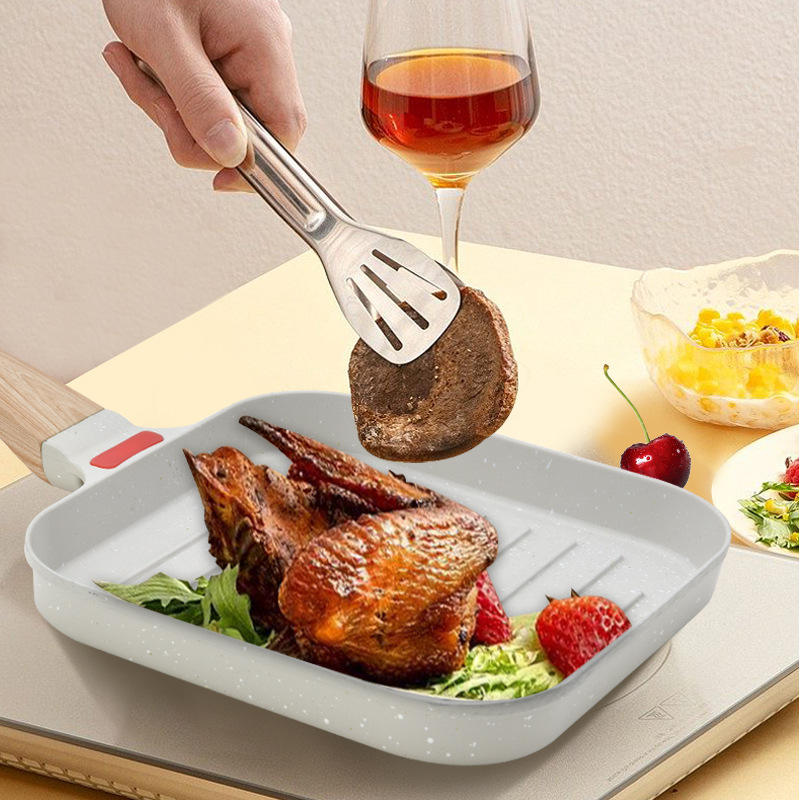1. Proper Cleaning TechniquesWhen it comes to using kitchen appliances, one of the most important aspects of maintenance is proper cleaning. Make sure to follow the manufacturer's instructions for cleaning each appliance, using appropriate cleaning agents and tools to avoid damage.2. Regular Inspections and Maintenance ChecksTo ensure your kitchen appliances are working efficiently, it's essential to conduct regular inspections and maintenance checks. This includes checking for any signs of wear and tear, loose connections, or unusual sounds that may indicate a problem.3. Avoid Overloading AppliancesOverloading kitchen appliances can lead to premature wear and tear, reducing their lifespan. Be sure to follow the recommended capacity guidelines for each appliance to avoid putting unnecessary strain on the motor or other components.4. Use Appliances for Their Intended PurposeEach kitchen appliance is designed for a specific purpose, so avoid using them for tasks they were not intended for. For example, using a blender to crush ice or a food processor to mix dough can cause damage to the appliance.5. Proper Storage of AppliancesWhen not in use, store kitchen appliances in a cool, dry place to prevent dust buildup and potential damage. Avoid storing appliances in areas with extreme temperatures or humidity levels, as this can also affect their performance.6. Regularly Replace Filters and PartsMany kitchen appliances, such as refrigerators and air fryers, have filters that need to be replaced regularly to maintain optimal performance. Make sure to follow the manufacturer's recommendations for replacing filters and other parts.7. Keep Appliances VentilatedProper ventilation is essential for the longevity of kitchen appliances like ovens, microwaves, and refrigerators. Make sure there is enough space around the appliance for air circulation to prevent overheating and potential damage.8. Watch Out for Signs of MalfunctionBe vigilant for any signs of malfunction in your kitchen appliances, such as strange odors, smoke, or sparks. If you notice any of these signs, immediately unplug the appliance and seek professional help to avoid any safety hazards.9. Follow Safety GuidelinesTo prevent accidents and ensure the safe use of kitchen appliances, always follow the safety guidelines provided by the manufacturer. This includes avoiding using damaged cords, keeping appliances away from water, and unplugging them when not in use.10. Seek Professional Help When NeededIf you encounter complex issues or problems with your kitchen appliances that you are not able to resolve on your own, don't hesitate to seek professional help. A trained technician can diagnose and repair any issues to keep your appliances running smoothly.Quote Inquirycontact us










